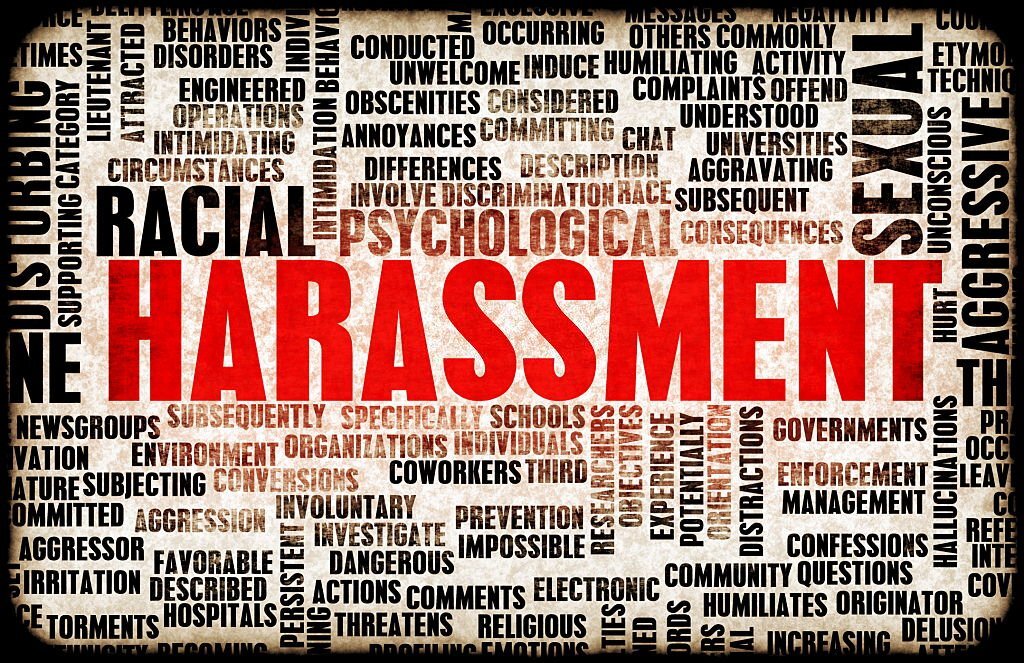Violence and harassment against women in the workplace is often an expression of power and control (by co-workers, employers and supervisors, and third parties). It can include a range of overt and covert actions and can be affected by the organization of work and work processes. Research on these dynamics and their negative impact, along with women’s advocacy and increased reporting of violence and harassment, as well as due to legal obligations, has led many workplaces to adopt policies and procedures, often jointly agreed between employers’ and workers’ representatives.
Workplaces in certain sectors, jobs or occupations may present higher exposure to violence and harassment, depending on the existence of numerous risk factors and circumstances. For instance, working with third parties such as clients, customers, patients or users is a significant risk factor for violence and harassment against women. It is estimated that up to 42 percent of workers working in direct contact with the public, many of whom are women, experience third-party violence. This may take place, for example, in workplaces such as bars and cafes, in places where criminal justice or policing is carried out, in places where money or prescription of drugs are handled, where health care or education services are provided, and where work is carried out in isolated or mobile locations. Violence and harassment from third parties have also been reported by transport workers, such as bus drivers, ticket collectors, conductors and air stewards.
The composition of the workforce is also an important factor. Often influenced by social and cultural gender norms, there are occupations where women predominate such as shop assistants, bar and restaurant workers, teachers, nurses, and social care workers and where they face significant exposure to violence and harassment. Unions representing workers in the public sector report that aggression from service users and patients has become commonplace and has even increased significantly in recent years. In this regard, a lack of resources, equipment, infrastructure and staffing can also contribute to violent and harassing behaviors, particularly where service users may have complex needs that are not being met. In the health sector, austerity measures have led to insufficient resources for staffing and for high-quality services, contributing to an increase in the incidence and the severity of violence in the workplace
Sexual violence and harassment on a woman occur whenever a woman is forced, coerced, and or manipulated into any unwanted sexual activity, including when she is unable to consent due to age, illness, disability, or the influence of alcohol or other drugs. Sexual violence includes rape, incest, child sexual assault, ritual abuse, non-stranger rape, statutory rape, marital or partner rape, sexual exploitation, sexual contact, sexual harassment, exposure, and voyeurism. It is a crime not typically motivated by sexual desire but by the desire to control, humiliate, and or harm. Sexual violence can violate a person’s trust and feeling of safety. It can, and does, happen to people of all ages, races, genders, sexual orientations, religions, professions, incomes, and ethnicities. Sexual violence affects all of us: survivors, significant others, communities, and society.
Effects on survivor: Each survivor reacts to sexual violence in her own unique way. The personal style, culture, and context of the survivor’s life may affect these reactions. Some express their emotions while others prefer to keep their feelings inside. Some may tell others right away what happened, others will wait weeks, months, or even years before discussing the assault if they ever choose to do so. It is important to respect each person’s choices and style of coping with this traumatic event. Whether an assault was completed or attempted, regardless of whether it happened recently or many years ago, it may impact daily functioning. A wide range of reactions can affect the victims. Some common emotional, psychological, and physical reactions may follow.
Effects on others: Sexual violence and harassment can affect parents, friends, partners, children, spouses, and or co-workers of the survivor. As they try to make sense of what happened, significant others may experience similar reactions and feelings to those of the survivor. Fear, guilt, self-blame, and anger are but a few reactions they may experience. In order to best support the survivor, it is important for those close to them to get support. Local social services providers offer free confidential services to women, men, and children who have been affected by sexual violence and harassment.
Effects on communities: Communities also feel the effects of sexual violence and harassment. Schools, workplaces, neighborhoods, campuses, and cultural or religious communities may feel fear, anger, or disbelief if a sexual assault happened in their community. As with any form of violence, sexual violence tears at the fabric of community well-being. Additionally, there are financial costs to communities. These costs include medical services, criminal justice expenses, crisis and mental health services fees, and the lost contributions of individuals affected by sexual violence.
Effects on society: Impact on society Sexual violence endangers critical societal structures through climates of violence and fear. According to the 1995 U.S. Merit Systems Protection Board, sexual harassment alone cost the federal government an estimated $327 million in losses associated with job turnover, sick leave, and individual and group productivity among federal employees. Fifty percent of rape victims lost or were forced to quit their jobs in the year following their rapes due to the severity of their reactions.








